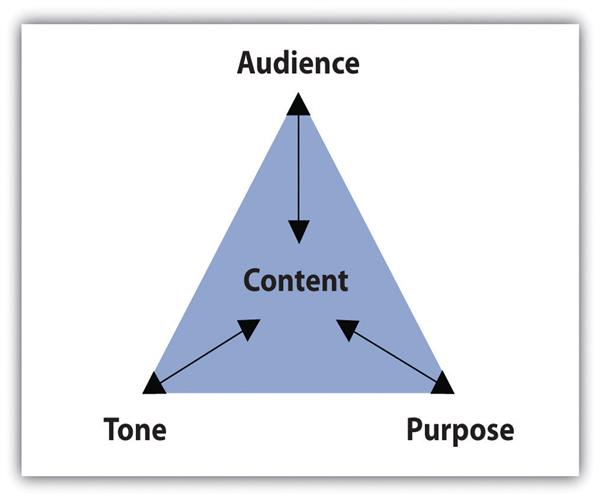Deciding the tone of the content is an essential aspect of effective communication. The tone sets the overall mood, attitude, and style of the writing, influencing how the message is perceived by the audience. The tone can vary depending on the purpose, audience, subject matter, and desired impact of the content. Here are some key factors to consider when determining the tone of the content:
Purpose and Goals: Consider the purpose of the content. Are you aiming to inform, persuade, entertain, or inspire? Each objective may require a different tone. For example, an informative piece may have a neutral and objective tone, while a persuasive article may adopt a more assertive and convincing tone.
Audience: Understand your target audience and their preferences, expectations, and demographics. Tailor the tone to match their characteristics and communication style. For instance, a professional audience may appreciate a formal and authoritative tone, while a casual and conversational tone may resonate better with a younger or more informal audience.

Subject Matter: The subject matter of the content plays a significant role in determining the appropriate tone. Technical or scientific topics may require a more formal and precise tone, while creative or lifestyle subjects may allow for a more expressive and engaging tone. Match the tone to the nature of the subject matter to create a cohesive and relatable piece.
Brand Identity: If you are writing on behalf of a brand or organization, consider their established brand identity and voice. Maintain consistency with their established tone to reinforce their brand image and connect with their target audience. Whether it's professional, friendly, playful, or authoritative, align the content tone with the brand's personality.
Context and Medium: The context in which the content will be presented and the medium through which it will be delivered can influence the tone. For example, social media posts may require a concise and engaging tone, while a formal report may demand a more serious and professional tone. Adapt the tone to suit the specific context and medium to maximize its impact.
Emotional Impact: Consider the emotional response you want to evoke from your audience. Do you want to inspire, entertain, or empathize? Adjust the tone accordingly to create the desired emotional connection. A compassionate tone may be appropriate for sensitive topics, while a humorous tone can add levity and entertainment value.
Language and Style: The language choices, sentence structure, and writing style also contribute to the overall tone. Use appropriate vocabulary, sentence length, and sentence structure to convey the intended tone. Short, punchy sentences can create a sense of urgency or excitement, while longer, descriptive sentences can evoke a more contemplative or informative tone.